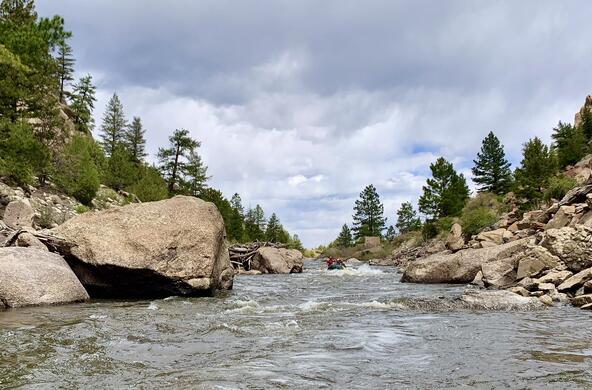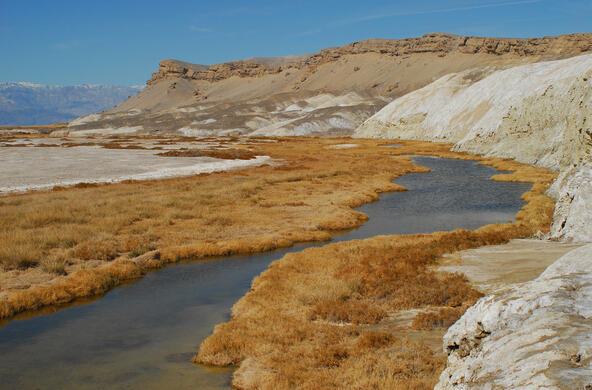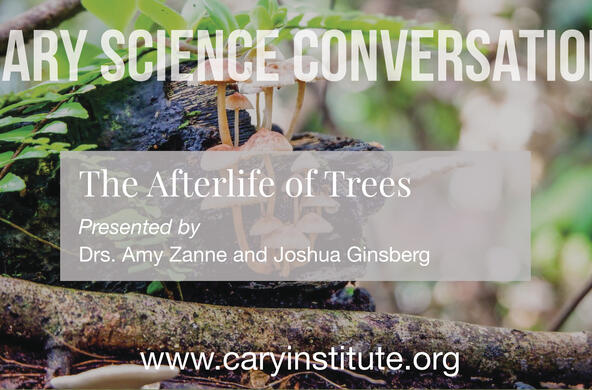As early as the 1960s, when we saw a proliferation of plastic waste in landfills and unsightly plastic cups along the roadside, we realized that some of these products were never going to break down. Less obvious were persistent pesticides and polyfluoroalkyl compounds (PFAS) that circulate in nature from their point of application to the most distant and pristine of earth’s environments. With non-stick and water-repellent properties, PFASs have a fluorine atom attached to each of the carbon atoms in their molecular skeleton, so they cannot be attacked by bacteria. Nature could not degrade these products; they were not biodegradable.
In contrast, most natural products break down in nature, by the action of bacteria and fungi that complete the biogeochemical cycle that returns carbon dioxide to the atmosphere. Normally, about 99.3% of plant material decomposes each year, and we think of biodegradable as a virtue. When this process was impeded during the Carboniferous, three hundred million years ago, burial of trees and other plant material produced coal deposits and lowered the concentration of carbon dioxide in the atmosphere. Now, there is widespread interest to encourage plant materials to persist without degradation in soils—contributing to carbon sequestration and helping to mitigate climate change.
Charring plant materials, to form biochar, is a means to slow their rate of decomposition in soil, decreasing the rate of biodegradation. At present, using biochar to enhance carbon sequestration in soils is likely overhyped, but encouraging the storage of plant-derived carbon in everyday products that are landfilled may help sequester carbon from the atmosphere.
Plant-derived is the essence of this suggestion. Any materials produced from fossil fuels—for example plastics and adhesives—don’t count. The carbon in these materials was derived from buried, fossil deposits, so burying it again does not remove carbon dioxide from the atmosphere. Indeed, burning these products is a source of additional carbon dioxide to the atmosphere. We should minimize the use of plastics, which are best gathered up and recycled.
Recycling newspaper has obvious benefits—it saves new trees from cutting. But, landfilling other forms of paper and scrap wood products can potentially store carbon if they are protected from decomposition, reducing their biodegradability. If it is derived from plant fiber, the fiber in disposable diapers is a good example. No one wants to recycle diapers, but they can be buried.
It is important to circumscribe our enthusiasm for such carbon sequestration. Each year the world produces about 500 million tons of paper. Assuming a 20% carbon content and a 50% recycling rates, that leaves 50 million tons of carbon that could be buried—about 0.5% of fossil fuel emissions. One recent study suggested that a total of 0.12 x 1015 gC may be stored in landfills each year—about 1.2% of today’s fossil fuel emissions to the atmosphere. These are small percentages, but they contribute to lowering atmospheric carbon dioxide levels.
References
Barlaz, M.A. 1998. Carbon storage during biodegradation of municipal solid waste components in laboratory-scale landfills. Global Biogeochemical Cycles 12: 373-380
Berner, R.A. 2003. The long-term carbon cycle, fossil fuels and atmospheric composition. Nature 426: 323-236.
Nuss, P. and K.H. Gardner. 2013. Attributional life cycle assessment (ALCA) of polyitaconic acid production from U.S. Northeast softwood biomass. International Journal of Life Cycle Assessment 18: 603-612.
Schlesinger, W.H. 1990. Evidence from chronosequence studies for a low carbon-storage potential of soils. Nature 348: 232-234.
Schlesinger, W.H. 2022. Biogeochemical constraints on climate change mitigation through regenerative farming. Biogeochemistry doi: 10.1007/s10533-022-00942-S








